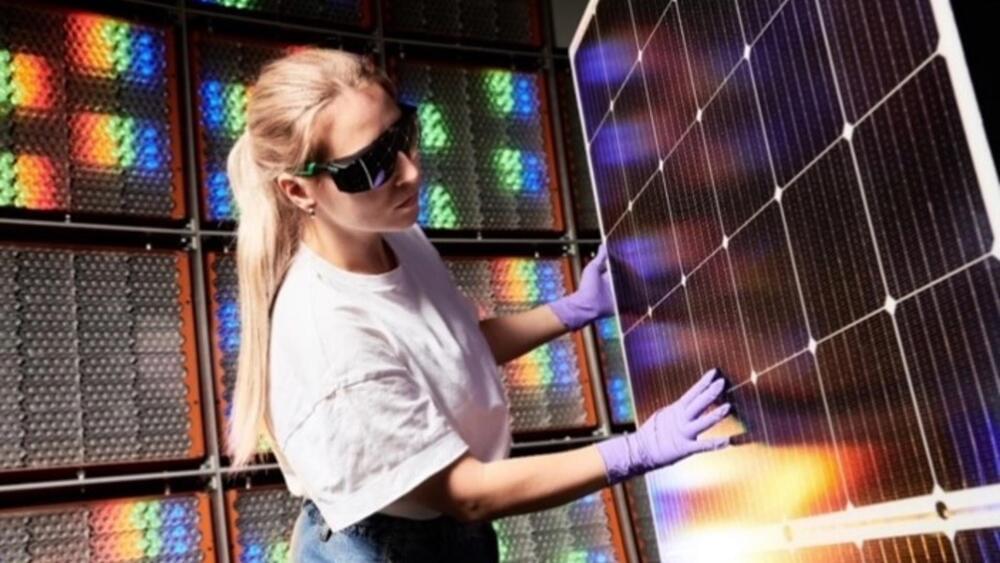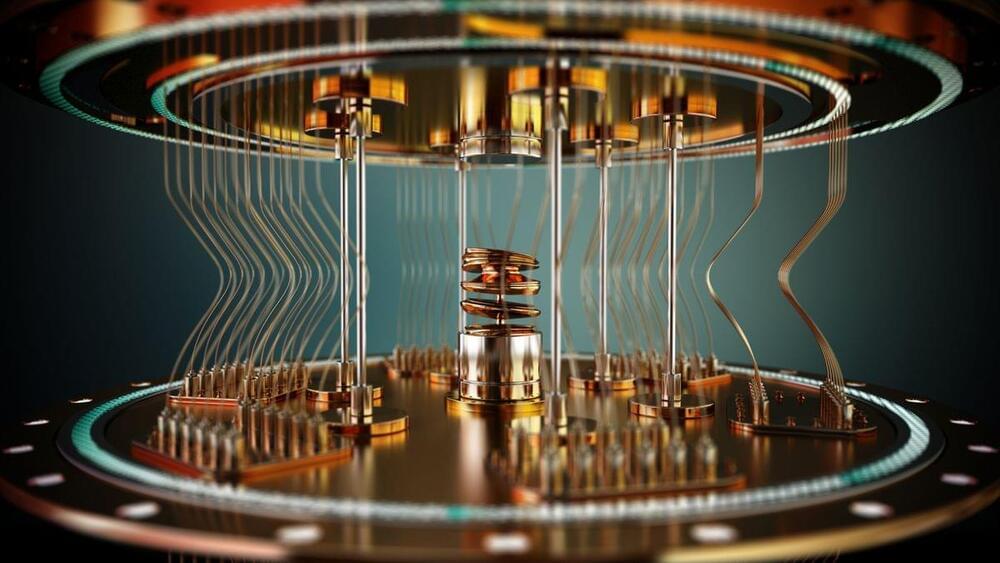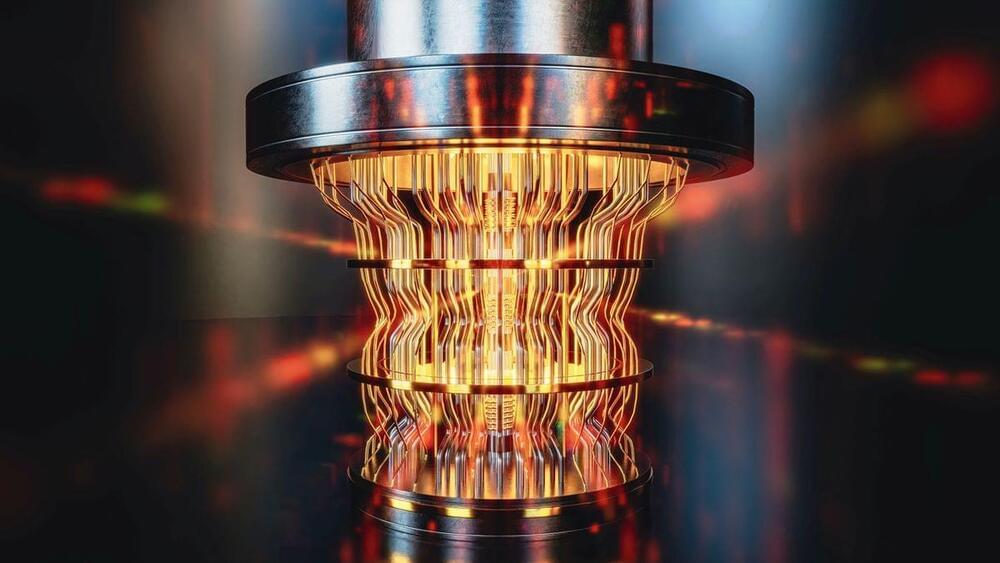A new test measures genomic changes in thyroid biopsy samples and generates a score based on how strongly each change is associated with thyroid cancer.



Colorectal cancer (also called bowel cancer) typically develops in the large bowel (colon) or rectum. Recent studies have shown significant rises in the number of colorectal cancer cases, particularly those in young adults. As we discussed earlier, the recently released estimated cancer statistics for 2024 predict colorectal cancer as the leading cause of mortality in men under 50 and the second-leading cause of mortality in women. Additionally, experts predict over 150,000 new cases of colorectal cancers this year.
To combat these troubling figures, ongoing research focused on the prevention and treatment of colorectal cancers remains a high priority and urgent need. This includes data recently published in Science Advances which demonstrates pre-clinical efficacy for a new treatment approach.
The study involves genetic material known as microbial or mislocalized DNA. This type of DNA arrises from cells that become damaged, thus no longer providing the correct genetic instructions. Damaged DNA can elicit various reactions in the body, including activating the immune response. Damaged DNA can therefore influence how the body responds to diseases, including colorectal cancer.

A pivotal achievement has been reached in the realm of energy transition with the development of a cutting-edge tandem solar panel. Interestingly, the solar panel has demonstrated an impressive conversion efficiency rate of 25 percent.
The 25 percent efficiency is a significant improvement above the average 24 percent efficiency found in commercial modules. This makes it the world’s most efficient perovskite silicon tandem solar module in an industrial configuration, as per the release.
This remarkable achievement marks a crucial milestone in the global transition towards sustainable energy sources.


Researchers have overcome a major challenge in biomimetic robotics by developing a sensor that, assisted by AI, can slide over braille text, accurately reading it at twice human speed. The tech could be incorporated into robot hands and prosthetics, providing fingertip sensitivity comparable to humans.
Human fingertips are incredibly sensitive. They can communicate details of an object as small as about half the width of a human hair, discern subtle differences in surface textures, and apply the right amount of force to grip an egg or a 20-lb (9 kg) bag of dog food without slipping.
As cutting-edge electronic skins begin to incorporate more and more biomimetic functionalities, the need for human-like dynamic interactions like sliding becomes more essential. However, reproducing the human fingertip’s sensitivity in a robotic equivalent has proven difficult despite advances in soft robotics.


Scientists from the German Cancer Research Center (DKFZ) and Heidelberg University have investigated in mice how spreading tumor cells behave at the site of metastasis. Some tumor cells immediately start to form metastases. Others leave the blood vessel and may then enter a long period of dormancy. What determines which path the cancer cells take is their epigenetic status. This was also confirmed in experiments with human tumor cells. The results of the study could pave the way for novel diagnostic and therapeutic applications.
The work appears in Nature Cancer.
What makes cancer so dangerous? Cancer cells that leave the primary tumor to reach distant sites of the body where they may grow into daughter tumors, called metastases. While most primary tumors can be effectively treated, metastases are the real danger. Oncologists estimate that more than 90% of all cancer deaths in solid tumors are due to metastases.
